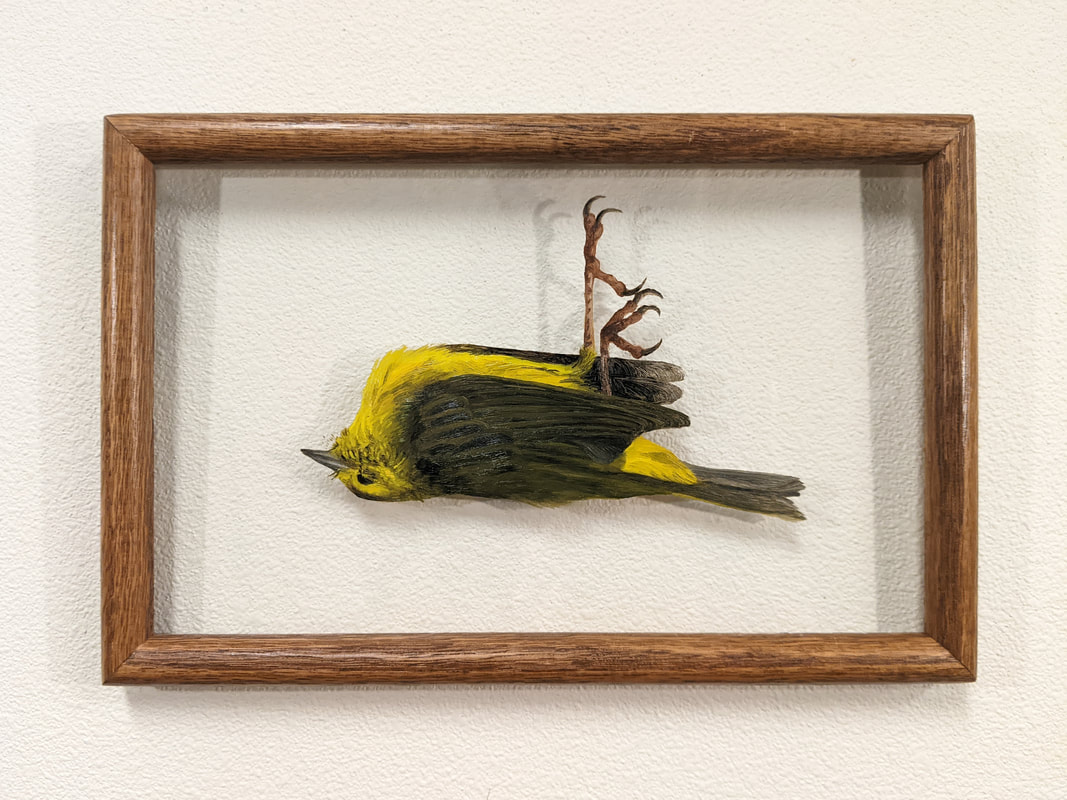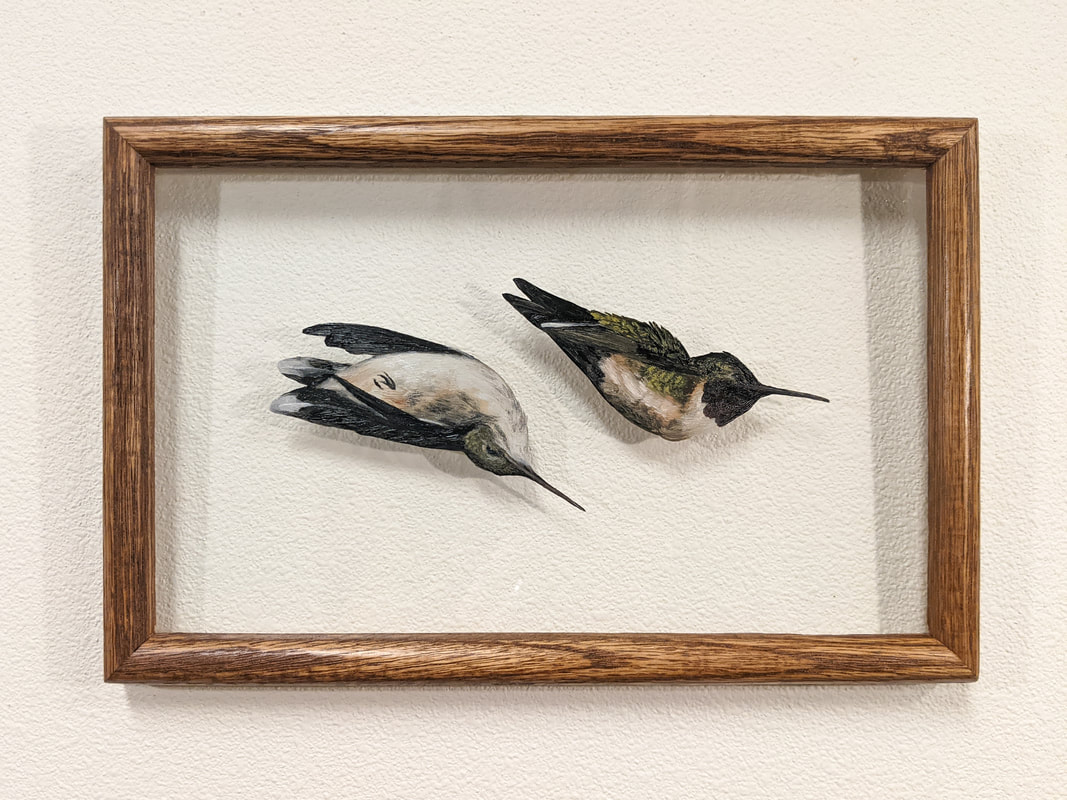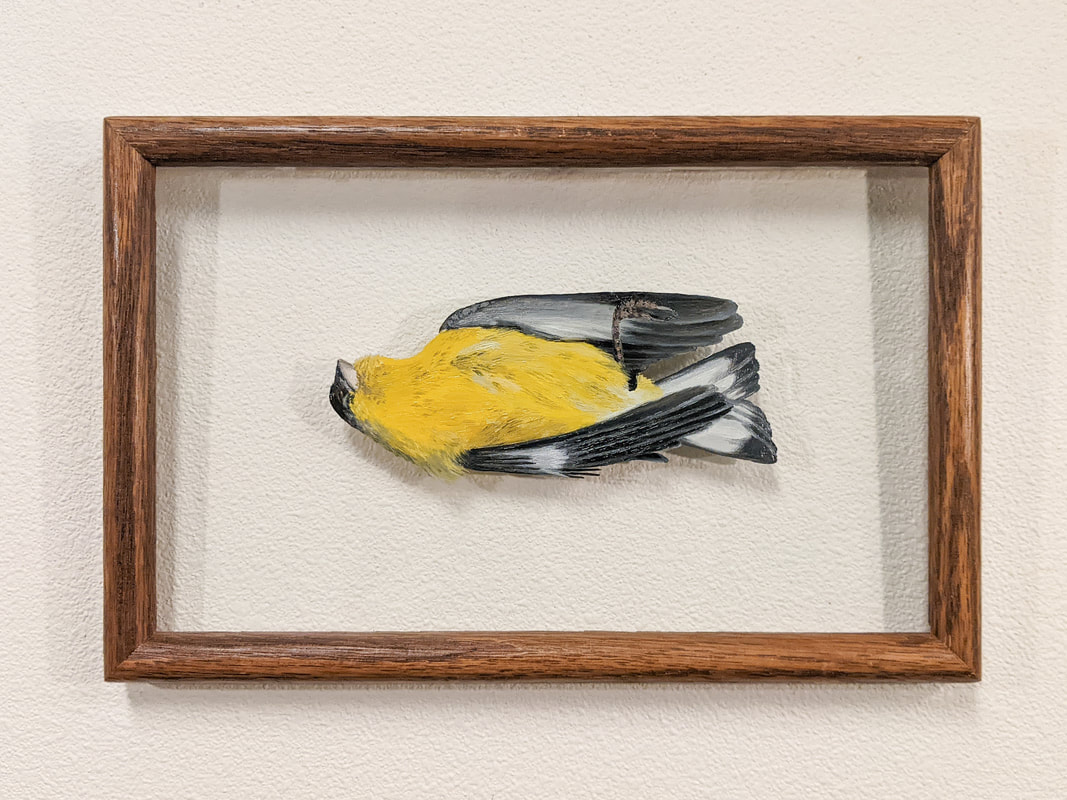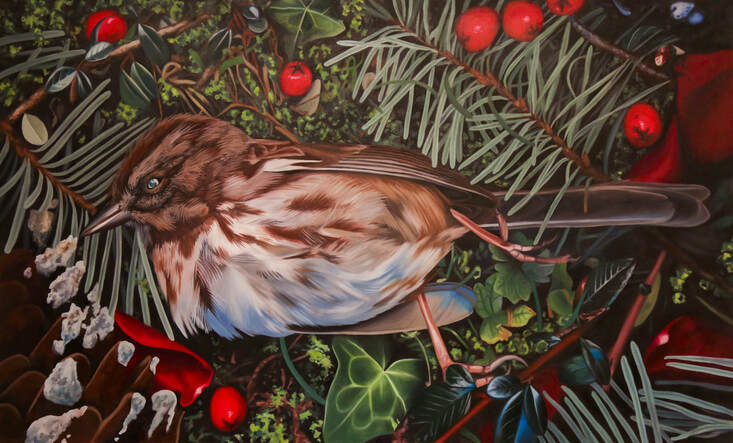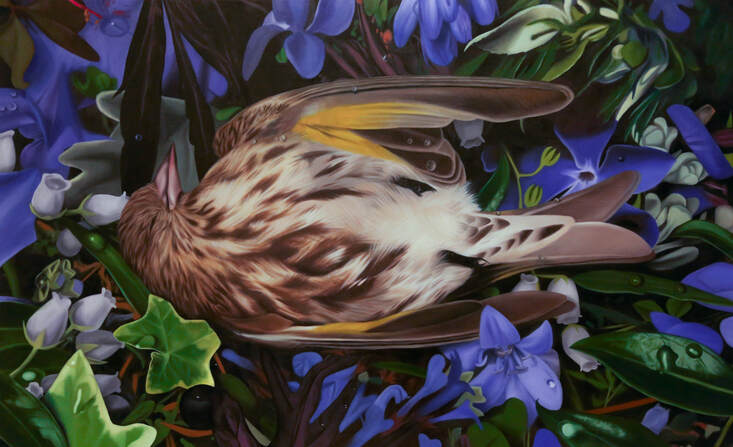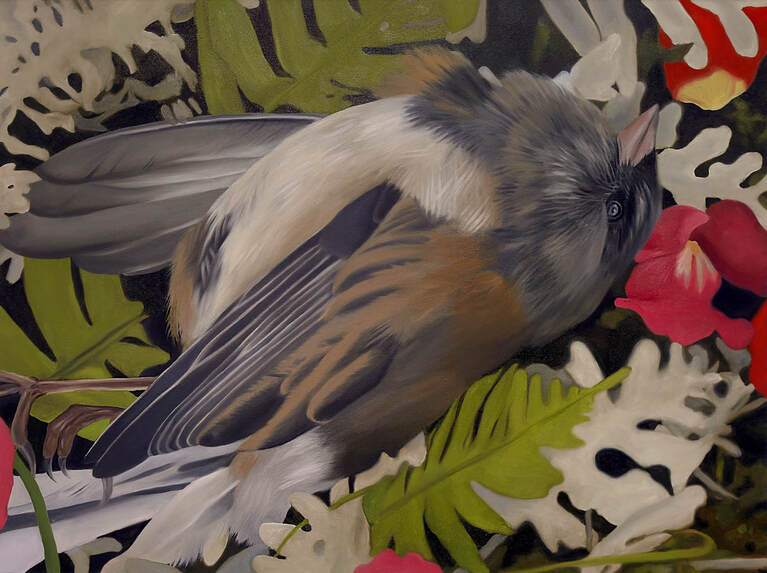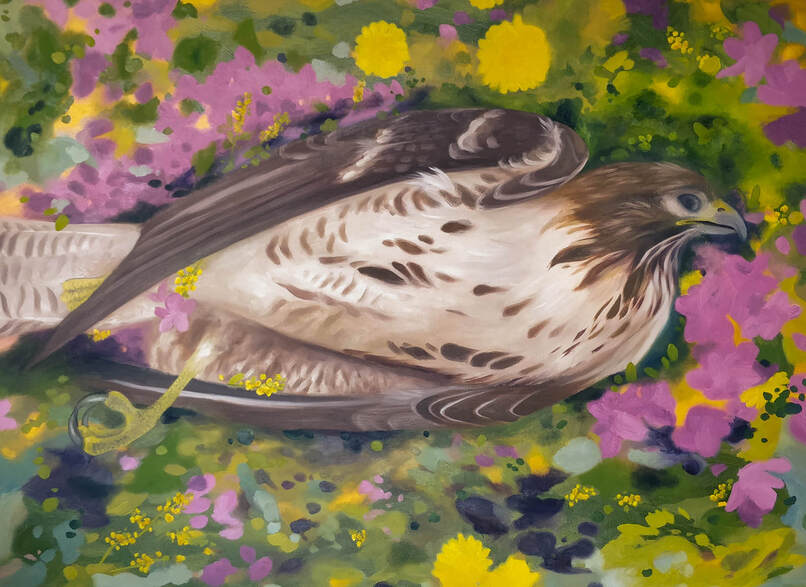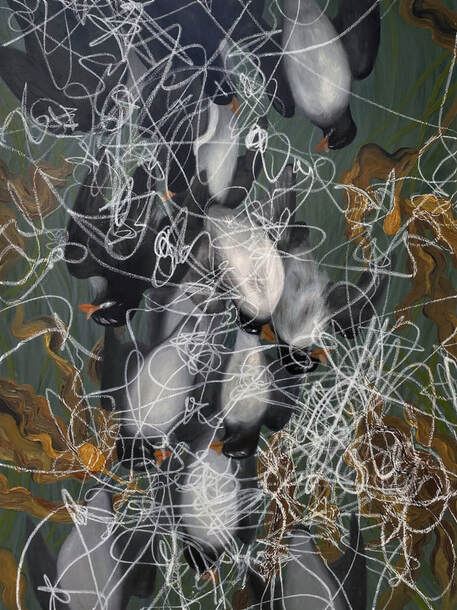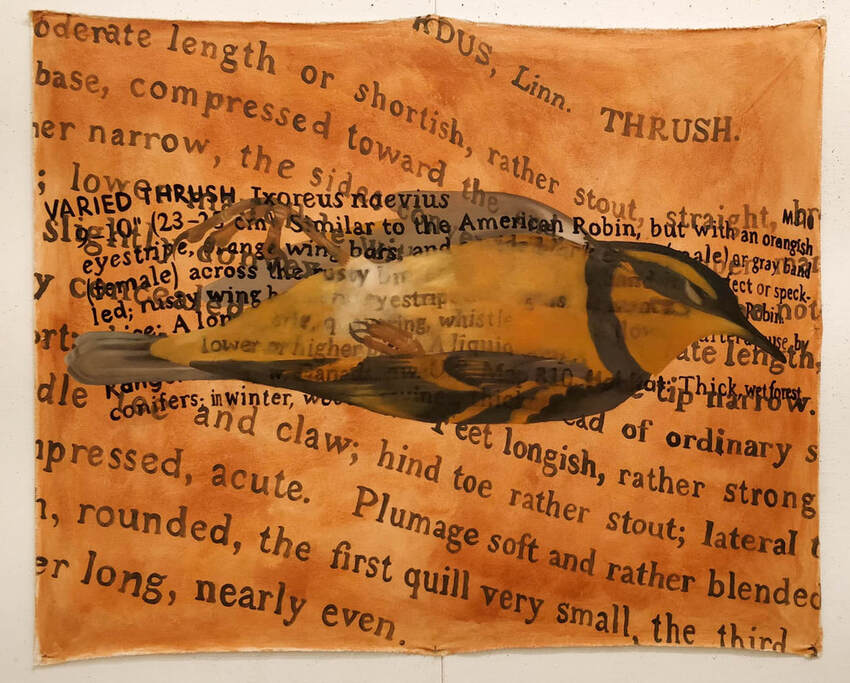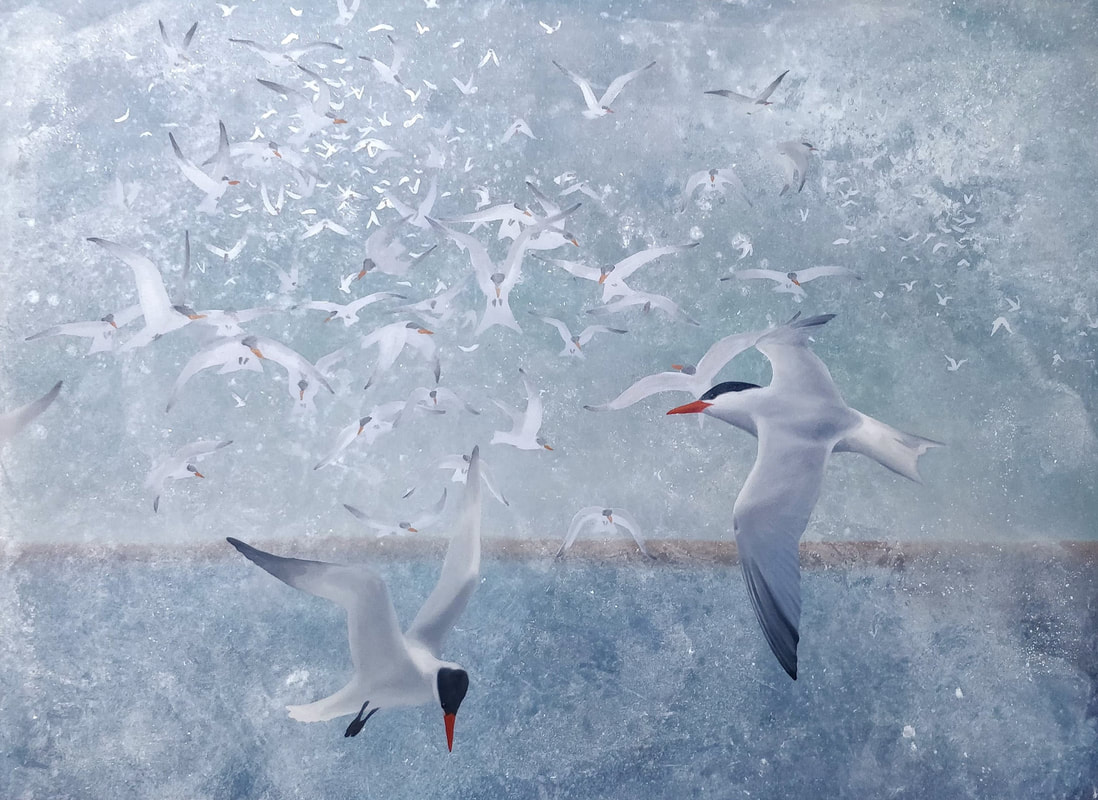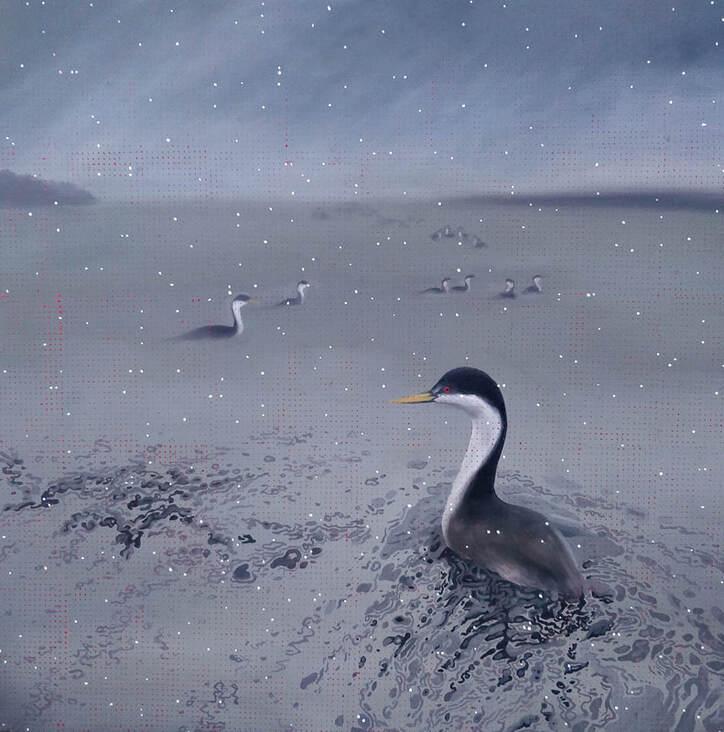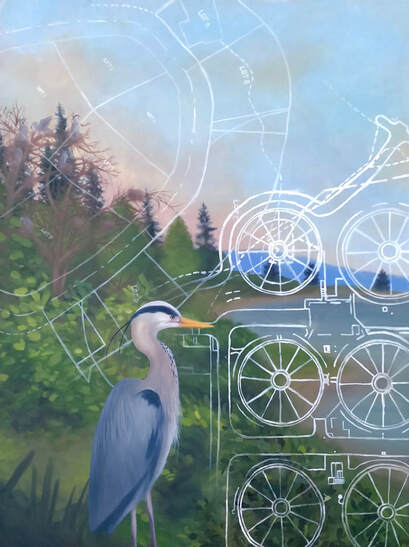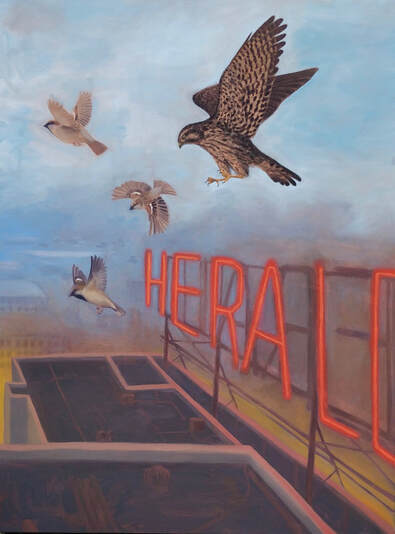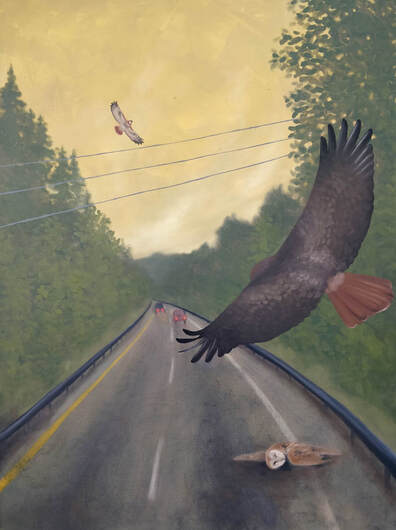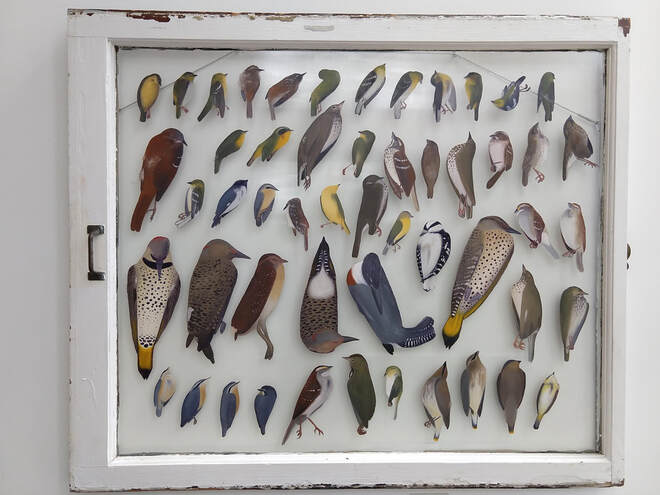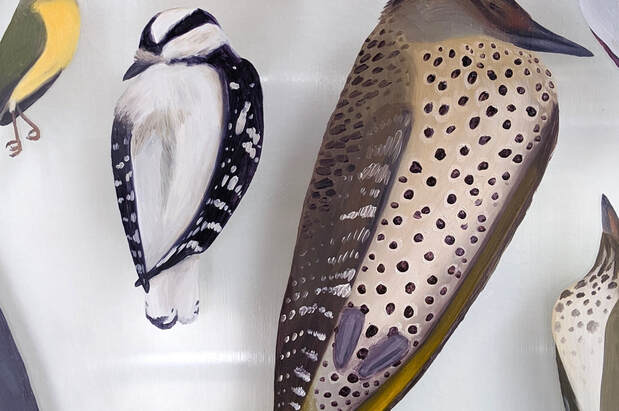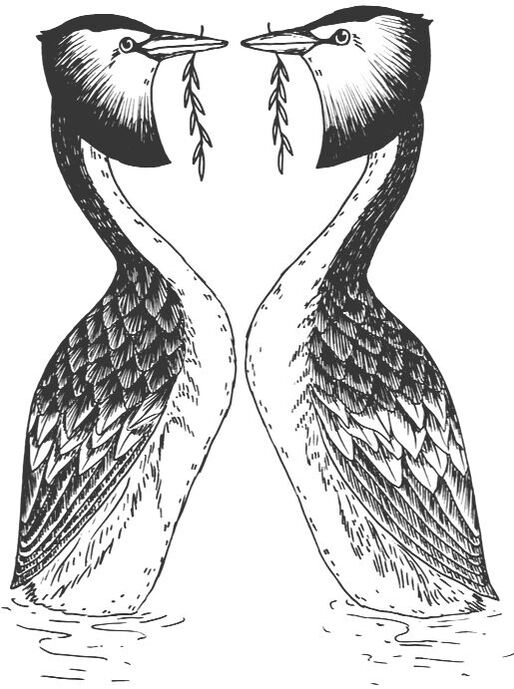Lights Off
Oil on glass window, 2022, 5" x 8"
From top left: Lights Off I (Wilson's Warbler), Lights Off II (Ruby-throated Hummingbirds), Lights Off III (Indigo Bunting), Lights Off IV (Lesser Goldfinch)
Oil on glass window, 2022, 5" x 8"
From top left: Lights Off I (Wilson's Warbler), Lights Off II (Ruby-throated Hummingbirds), Lights Off III (Indigo Bunting), Lights Off IV (Lesser Goldfinch)
Funeral
Oil on canvas, 2021, 24" x 30"
Oil on canvas, 2021, 24" x 30"
Requiem
Oil on canvas, 2021, 44" x 72"
Oil on canvas, 2021, 44" x 72"
Lacrimosa
Oil on canvas, 2021, 44" x 72"
Oil on canvas, 2021, 44" x 72"
Lux
Oil on canvas, 2021, 44" x 72"
Oil on canvas, 2021, 44" x 72"
Aeterna
Oil on canvas, 2021, 44" x 72"
Oil on canvas, 2021, 44" x 72"
Rest
Oil on canvas, 2020, 36" x 48"
Oil on canvas, 2020, 36" x 48"
Still
Oil on canvas, 2020, 30" x 40"
Oil on canvas, 2020, 30" x 40"
Succumb
Oil on canvas, 2020, 30" x 40"
Oil on canvas, 2020, 30" x 40"
Ixoreis naevius
Oil on unstretched canvas, 2020, 48" x 60"
Oil on unstretched canvas, 2020, 48" x 60"
|
Painting Ecological Change in Pacific Northwest Bird Populations
Oil on canvas, 2020 This series is an ongoing visual exploration of bird populations and behavior in Northwest Washington and the relationships present with other species, their habitats, and human impacts. Click on each painting to view detail photos and background for each work. Work made possible by the North Cascade Audubon Society Research Grant and WWU’s Research and Creative Opportunities Grant. Advisor: Dr. John Bower Available for purchase: Merlin Hunting House Sparrows Above the Bellingham Herald; Accident on I-5; Disappearance (Caspian Terns) |

